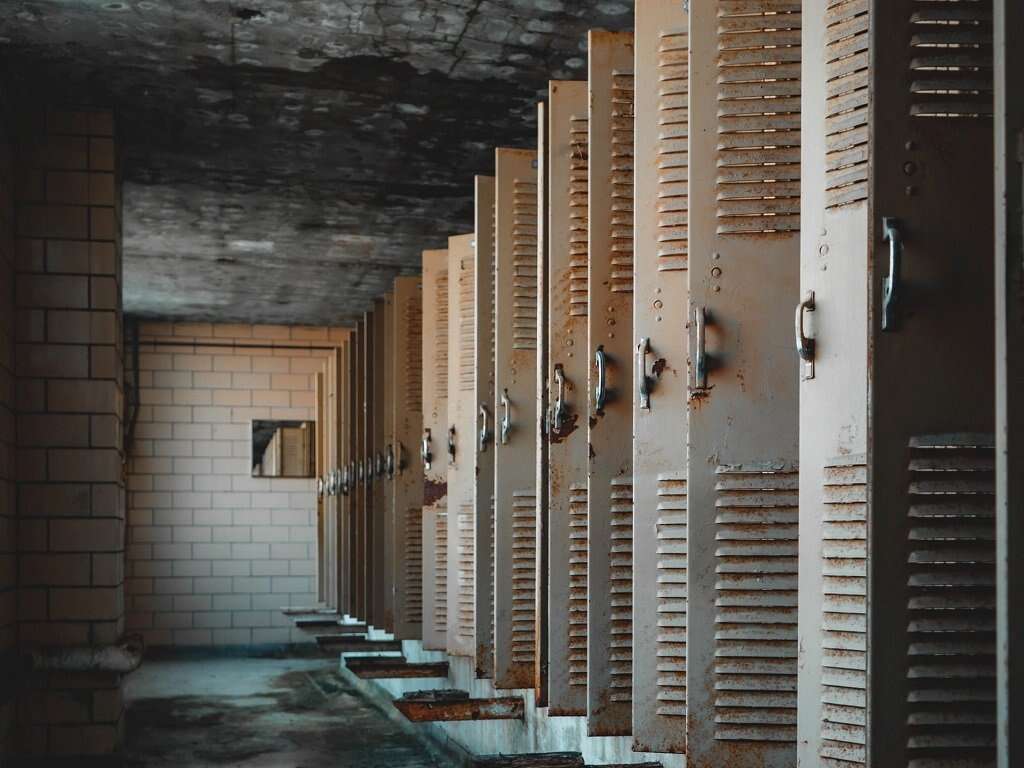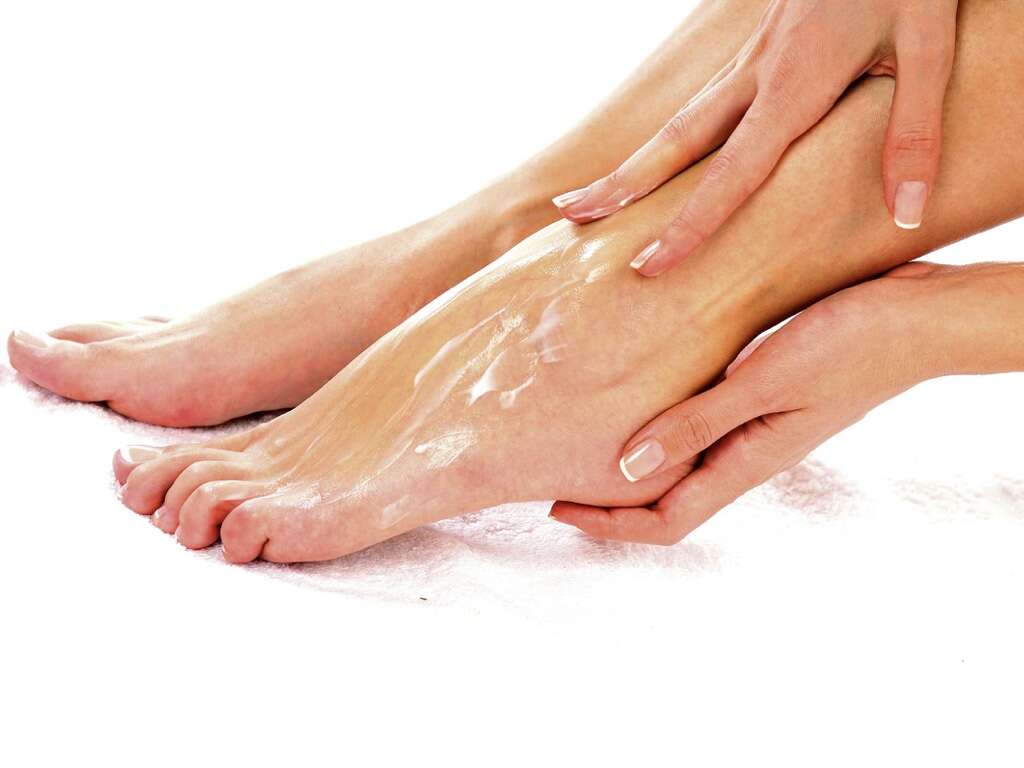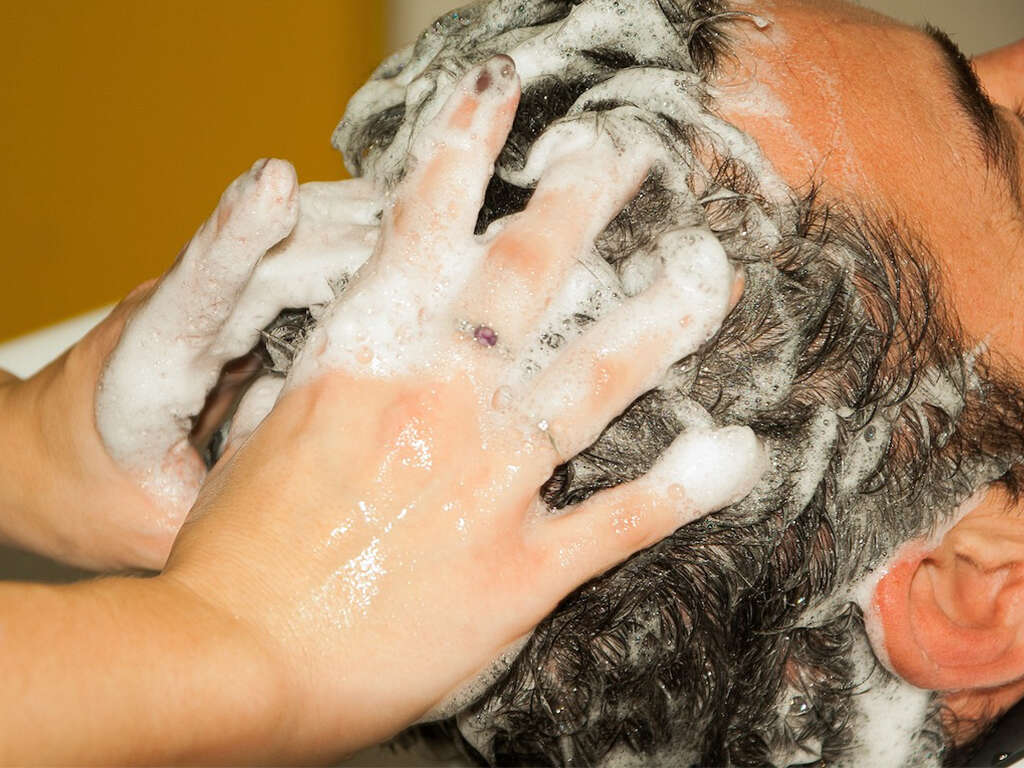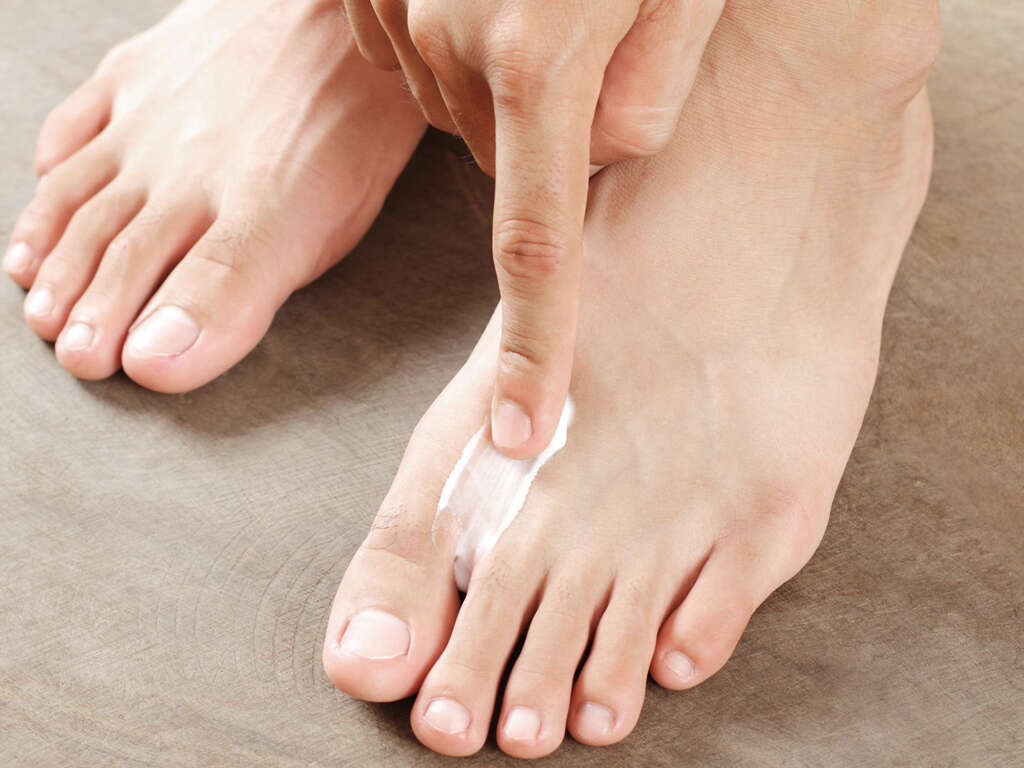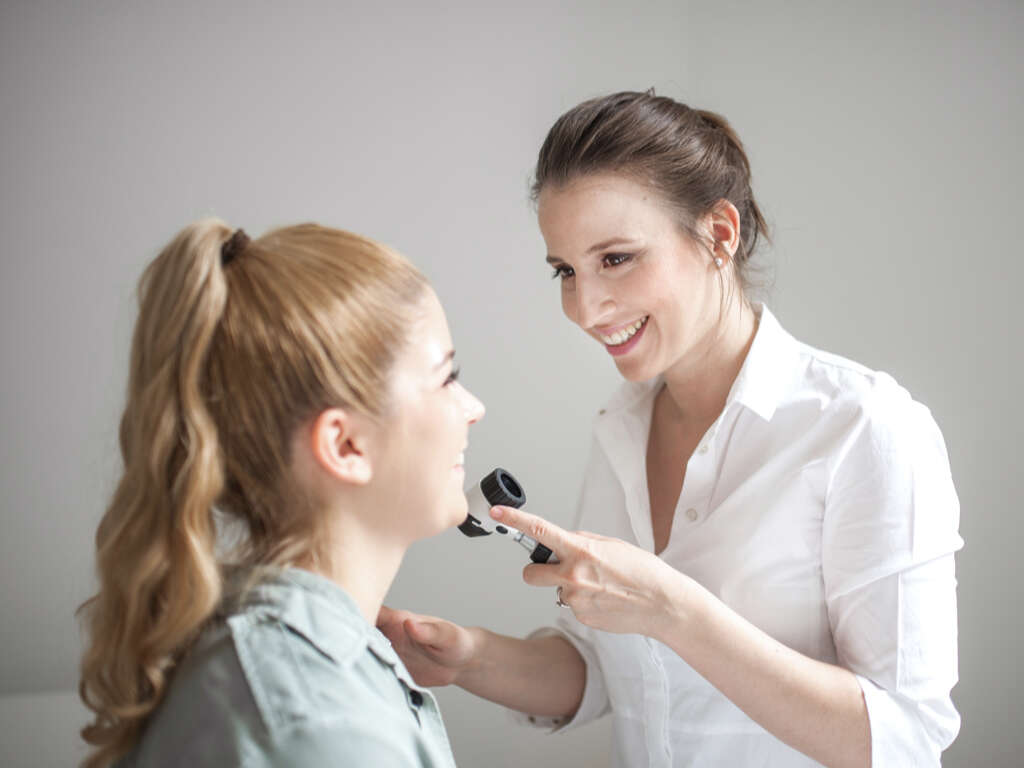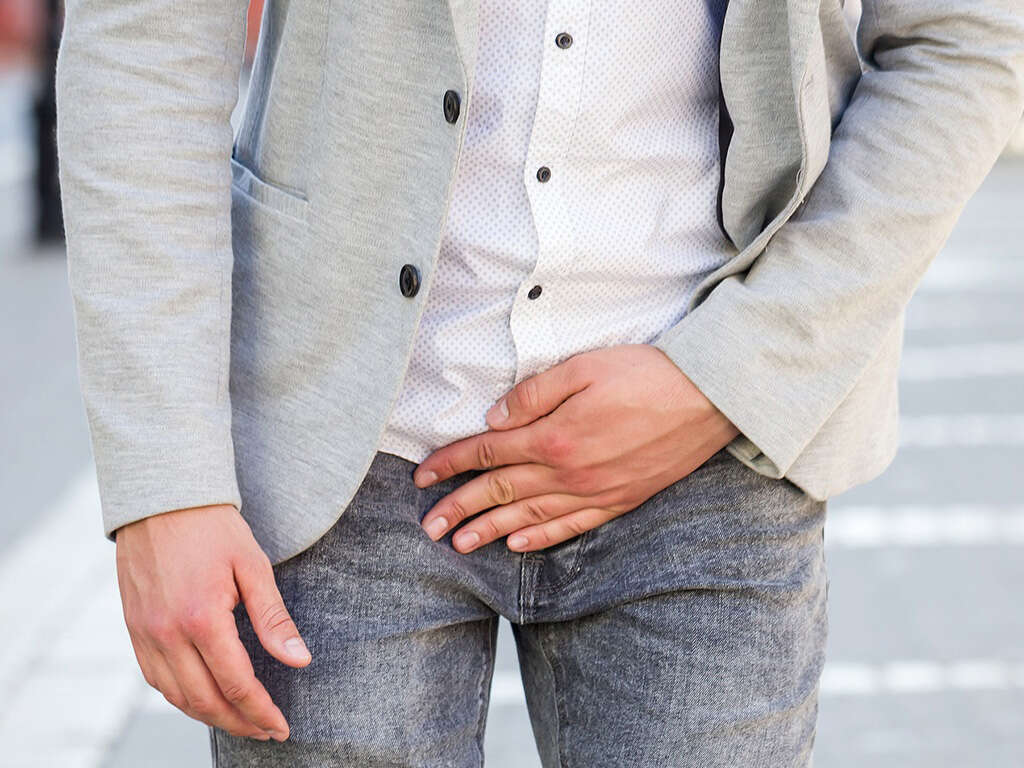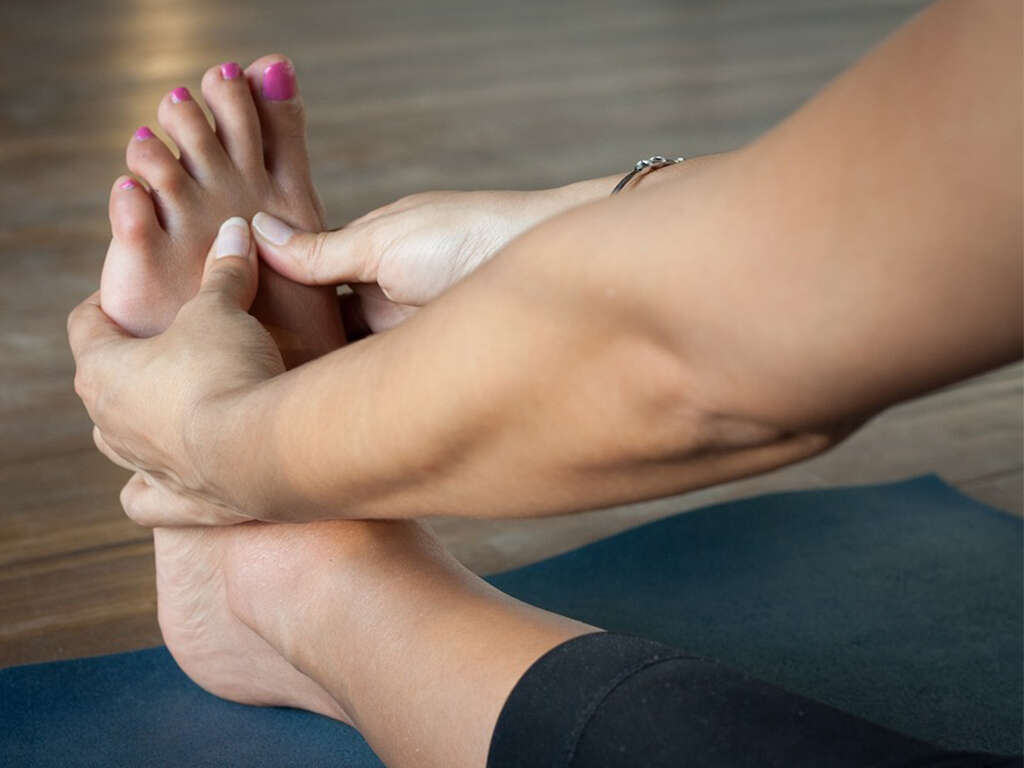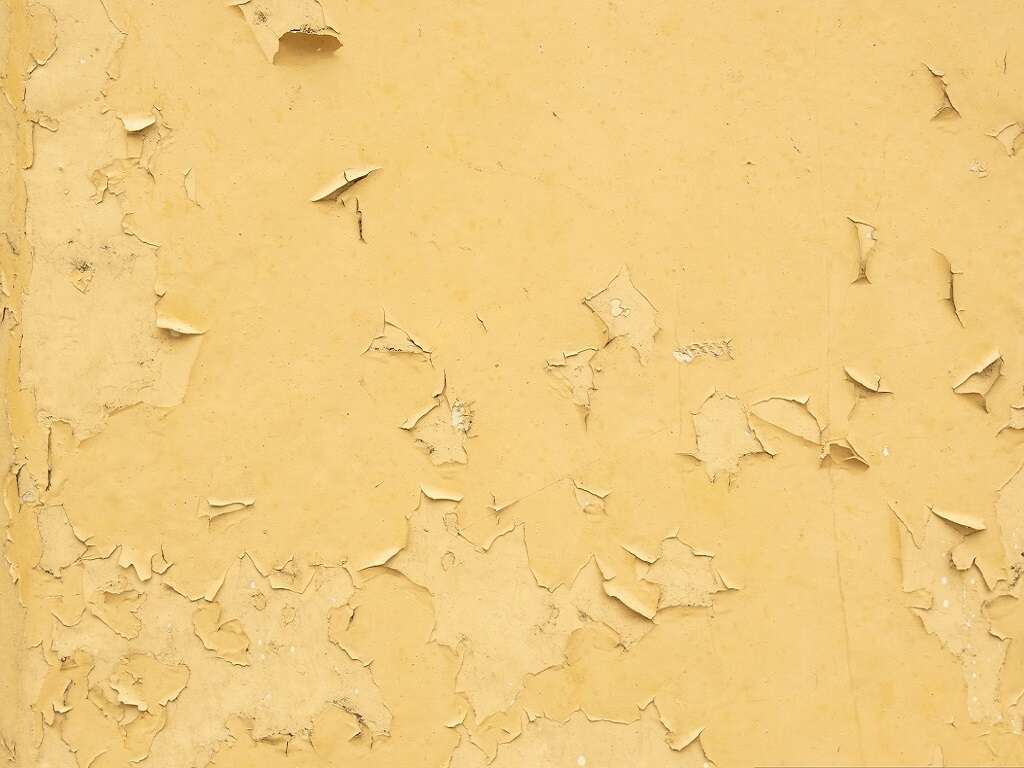Athlete's Foot Causes, Remedies & More
 Article Sources
Article Sources
- 1. M;, Havlickova B;Czaika VA;Friedrich. 'Epidemiological Trends in Skin Mycoses Worldwide.' Mycoses, U.S. National Library of Medicine, pubmed.ncbi.nlm.nih.gov/18783559/.
- 2. Al Hasan, Muhannad, et al. 'Dermatology for the Practicing Allergist: Tinea Pedis and Its Complications.' Clinical and Molecular Allergy : CMA, BioMed Central, 29 Mar. 2004, www.ncbi.nlm.nih.gov/pmc/articles/PMC419368/.
- 3. Homei, Aya. 'Athlete's Foot.' Fungal Disease in Britain and the United States, Mycoses and Modernity'., U.S. National Library of Medicine, 1 Jan. 1970, www.ncbi.nlm.nih.gov/books/NBK169220/.
6. Preventing Reinfection
Prevention is about making future breeding grounds as uninviting as possible. Keeping feet dry minimizes the damp conditions athlete's foot needs to survive. Change socks often. Wear shoes that allow air to circulate. Don't share your shoes, as this infection can spread.
Even with the best effort, it's a fact that the organism that causes athlete's foot is still out there, unseen. The most likely places to pick it up are warm, damp environments like locker rooms or swimming pool tiles, so use flip-flops or sandals anywhere communal.
Advertisement
